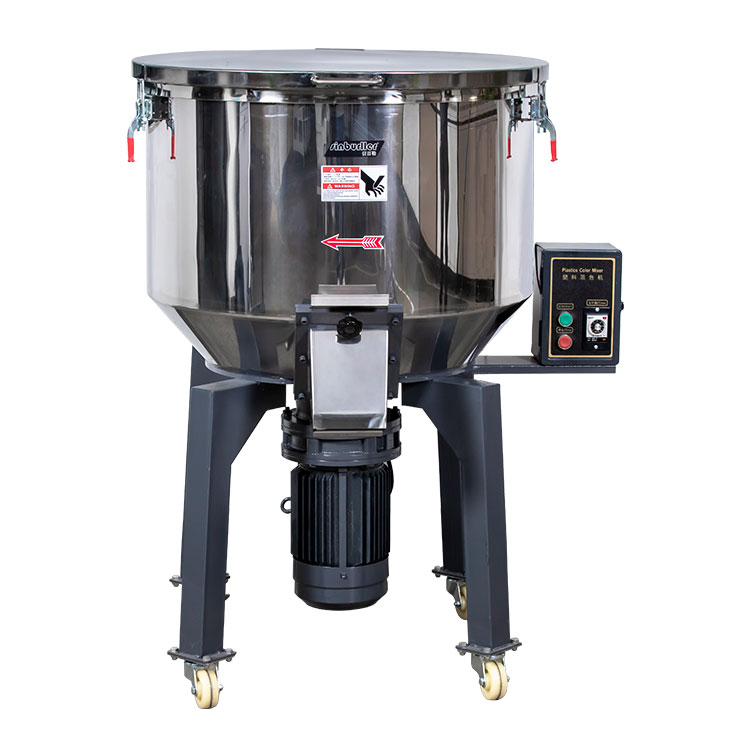Plastic Color Mixers – The Key to Consistent and Vibrant Polymer Coloring
2025-06-12
In the world of plastic manufacturing, color consistency is just as crucial as product quality. Whether you're producing toys, containers, auto parts, or packaging materials, achieving uniform color in plastic products requires precision and the right equipment. That’s where the Plastic Color Mixer becomes a vital part of the production line.

What Is a Plastic Color Mixer?
A Plastic Color Mixer is a machine designed to blend plastic granules or pellets with color masterbatches or additives before the extrusion or molding process. It ensures that the raw materials are evenly mixed, resulting in consistent coloration, improved product appearance, and reduced material waste.
These mixers come in a variety of types and sizes to suit different production volumes and material characteristics.
Key Benefits of Using a Plastic Color Mixer
1. Uniform Color Distribution
By thoroughly mixing the masterbatch with raw plastic, these machines help ensure consistent color throughout the entire batch of products.
2. Improved Product Quality
Properly blended materials reduce issues like streaking, color patches, or uneven texture in the final product.
3. Material Efficiency
Plastic color mixers minimize waste by ensuring exact proportions and preventing overuse of costly colorants or additives.
4. Time-Saving
These machines significantly reduce the manual effort and time required for mixing, allowing for faster setup and changeovers in production.
5. Enhanced Productivity
When integrated with automation systems, color mixers help streamline the workflow and boost overall manufacturing efficiency.
Types of Plastic Color Mixers
Vertical Mixers
Ideal for dry, free-flowing materials. Vertical mixers use a spiral blade or auger to circulate materials upward and downward.
Horizontal Mixers
Suitable for blending sticky or complex additives. These offer faster mixing and are easier to clean for color changes.
Gravimetric Mixers
Use precise weight-based dosing to mix multiple components accurately—perfect for advanced production lines with strict color tolerances.
Volumetric Mixers
Cost-effective and simpler than gravimetric models, they use volume-based measurements and are good for less critical applications.
Applications of Plastic Color Mixers
Injection Molding
Producing colored plastic parts with high repeatability.
Extrusion Lines
For pipes, sheets, or films that require uniform coloration.
Blow Molding
In the production of bottles, containers, and other hollow plastic products.
Masterbatch Production
Creating uniform blends of pigment and carrier resin for distribution.
Tips for Optimal Mixing
Always calibrate the mixer before use for precise ratios.
Clean the machine regularly to avoid color contamination between batches.
Match the mixer type to the characteristics of your raw material and additives.
Use high-quality masterbatch for best results in consistency and appearance.
Final Thoughts
A Plastic Color Mixer might seem like just another piece of machinery, but its impact on product quality, cost-efficiency, and brand consistency is undeniable. As competition increases in the plastic industry, having the right mixing equipment can make all the difference. Whether you're working with virgin materials, recycled plastics, or high-end engineering resins, a dependable plastic color mixer ensures your products always look their best.


